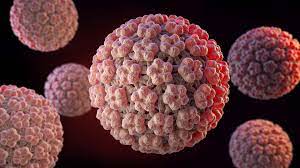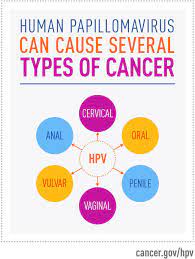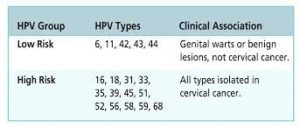
January is Cervical Cancer Awareness Month
In our first cervical cancer awareness post, we covered the basics:
https://bloom-obgyn.com/january-is-national-cervical-cancer-awareness-month/
And now….
CERVICAL CANCER: CAUSES
Human Papillomavirus (HPV)
A person with HPV can pass the infection to someone without signs or symptoms
The Centers for Disease Control and Prevention or CDC estimates that there were 43 million HPV infections in 2018. 13 million of these represented new infections. This viral infection is so common, in fact, that almost every sexually active person will get HPV at some point in their life. Since the virus is sexually transmitted, you can get HPV by having vaginal, anal, or oral sex with anyone who has the virus, even if you’ve only had one sexual partner. While it is most commonly spread during vaginal or anal sex, HPV also spreads through close skin-to-skin contact with any intimate contact.

In most cases (9 out of 10), HPV goes away on its own within two years without health problems
Fortunately, the majority of HPV infections are asymptomatic and resolve spontaneously without treatment or intervention. You can develop symptoms years after having sex with someone who has an infection, and this makes it hard to know when you were first exposed. Persistent infections can result in anogenital warts, precancers, and cervical, anogenital, or oropharyngeal cancers in women and men.
When HPV does not go away, it can cause cancer

There are over 100 different strains of the virus and different strains cause different types of disease:
HPV 6 and HPV 11 are two of the viral strains associated with genital warts – these viral strains (among others) are known as low risk strains as they are not associated with cancer
HPV 16 and HPV 18 are responsible for most cervical cancers – these viral strains (among others) are known as high risk strains as they are associated with cancer

Infection with one type of HPV does not prevent infection with another type. In fact, in persons infected with one strain of HPV, as many as 5-30% are infected with multiple strains of the virus.
Infection with a high risk HPV strain is considered necessary for the development of cervical cancer, but by itself is not sufficient to cause cancer. The vast majority of women with HPV infection, even those with high-risk HPV types, do not develop cancer.
